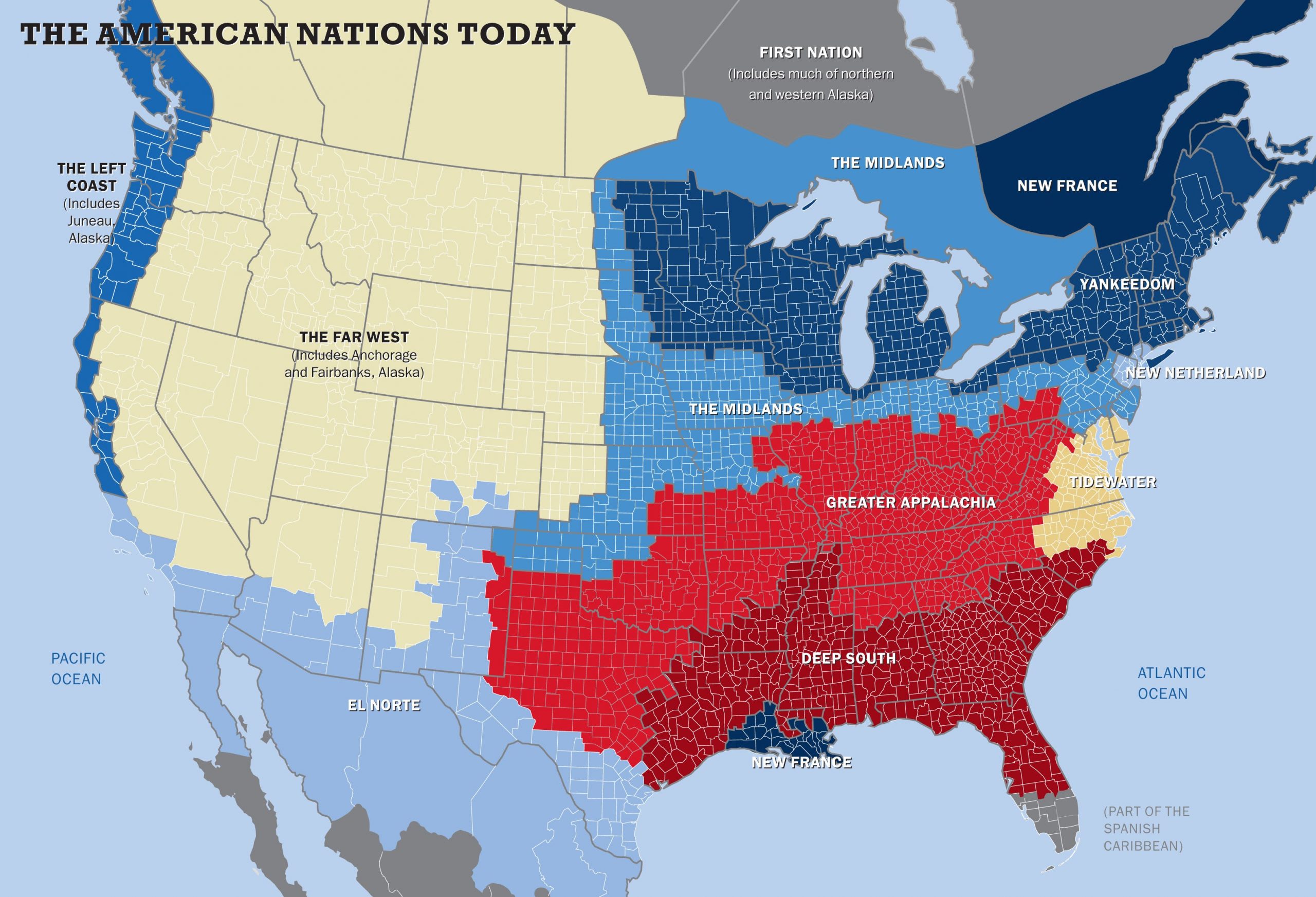- Author and journalist Colin Woodard identified 11 distinct cultures that have historically divided the US.
- His book “American Nations: A History of the Eleven Rival Regional Cultures in North America” breaks down those cultures and the regions they each dominate.
- From the utopian “Yankeedom” to the conservative “Greater Appalachia” and liberal “Left Coast,” looking at these cultures sheds an interesting light on America’s political and cultural divides.
- In response to the coronavirus pandemic, some governors are acting among these factions – like California, Oregon, and Washington, of all which have parts comprising of “The Left Coast” group.
- Visit Business Insider’s homepage for more stories.
The Fourth of July celebrates American independence from Great Britain during the Revolutionary War.
During that time, the US was divided into 13 distinct colonies, which later grew and expanded into the 50 states we have today.
But the US isn’t only made up of 50 states. It may also be a country comprised of several tribes or factions.
That’s according to award-winning author Colin Woodard, who writes in his book “American Nations” that there are 11 distinct cultures that have historically divided North America (Canada is included in his overall analysis).
"The country has been arguing about a lot of fundamental things lately including state roles and individual liberty," Woodard told Business Insider in a past interview. "[But] in order to have any productive conversation on these issues," he added, "you need to know where you come from."
The country's divisions across political beliefs, rather than geographic location, can be seen in how the country is tackling the coronavirus pandemic. Absent of a federal plan for all the states, governors have been partnering up, often in tandem with these 11 factions, to create plans for battling the crisis. For example, the governors of California, Washington and Oregon - all of which have parts of what Woodward calls "The Left Coast" - have formed a coalition. States like New York and Connecticut, which are both part of the nation called "Yankeedom," are working together, too.
Here's Woodard's historical take on each nation:
Matthew Speiser contributed to a previous version of this article.
Yankeedom values education, and members are comfortable with government regulation.
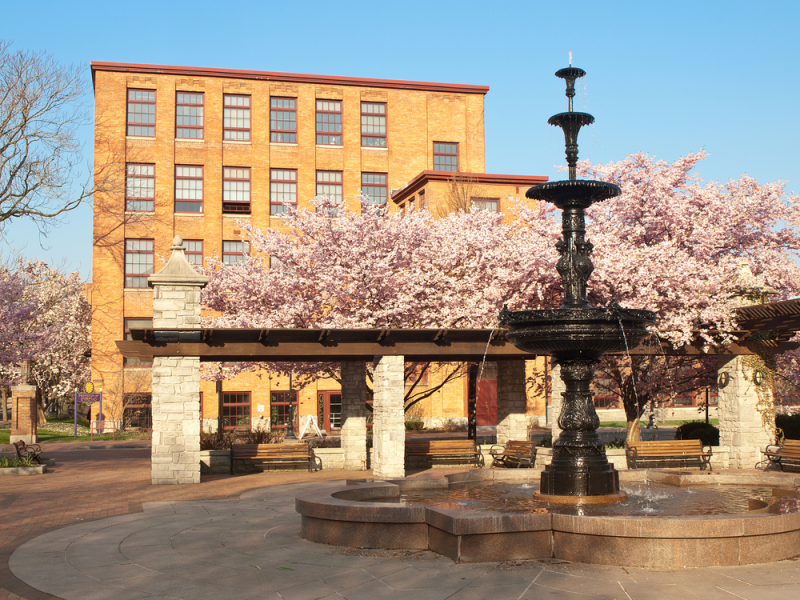
Encompassing the entire Northeast north of New York City and spreading through Michigan, Wisconsin, and Minnesota, Yankeedom values education, intellectual achievement, communal empowerment, and citizen participation in government as a shield against tyranny. Yankees are comfortable with government regulation. Woodard notes that Yankees have a "Utopian streak." The area was settled by radical Calvinists.
New Netherland in the New York area has a "materialistic" culture.

A highly commercial culture, New Netherland is "materialistic, with a profound tolerance for ethnic and religious diversity and an unflinching commitment to the freedom of inquiry and conscience," according to Woodard. It is a natural ally with Yankeedom and encompasses New York City and northern New Jersey. The area was settled by the Dutch.
The Midlands, largely located in the Midwest, opposes government regulation.
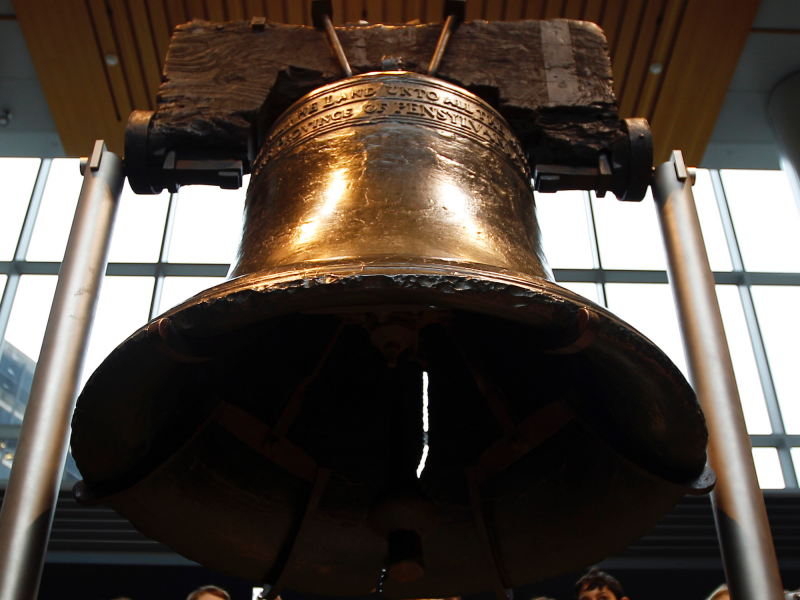
Settled by English Quakers, The Midlands are a welcoming middle-class society that spawned the culture of the "American Heartland." Political opinion is moderate, and government regulation is frowned upon. Woodard calls the ethnically diverse Midlands "America's great swing region." Within the Midlands are parts of New Jersey, Pennsylvania, Ohio, Indiana, Illinois, Missouri, Iowa, Kansas, and Nebraska.
Tidewater started as a feudal society that embraced slavery.
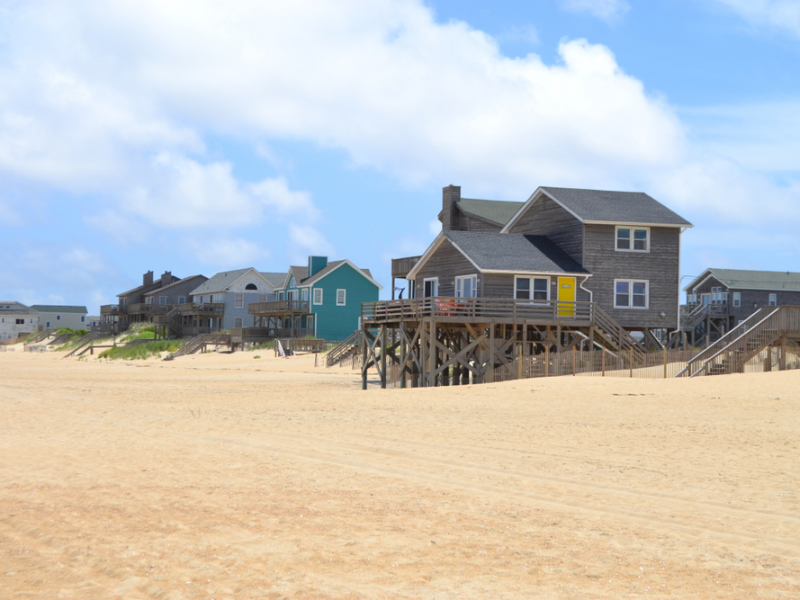
Tidewater was built by the young English gentry in the area around the Chesapeake Bay and North Carolina. Starting as a feudal society that embraced slavery, the region places a high value on respect for authority and tradition. Woodard notes that Tidewater is in decline, partly because "it has been eaten away by the expanding federal halos around DC and Norfolk."
Greater Appalachia encompasses parts of Kentucky, Tennessee, West Virginia, and Texas.

Colonized by settlers from the war-ravaged borderlands of Northern Ireland, northern England, and the Scottish lowlands, Greater Appalachia is stereotyped as the land of hillbillies and rednecks. Woodard says Appalachia values personal sovereignty and individual liberty and is "intensely suspicious of lowland aristocrats and Yankee social engineers alike." It sides with the Deep South to counter the influence of federal government. Within Greater Appalachia are parts of Kentucky, Tennessee, West Virginia, Arkansas, Missouri, Oklahoma, Indiana, Illinois, and Texas.
Deep South adopts a rigid social structure and opposition to government regulation.

The Deep South was established by English slave lords from Barbados and was styled as a West Indies-style slave society, Woodard notes. It has a very rigid social structure and fights against government regulation that threatens individual liberty. Alabama, Florida, Mississippi, Texas, Georgia, and South Carolina are all part of the Deep South.
El Norte has a dominant Hispanic culture.
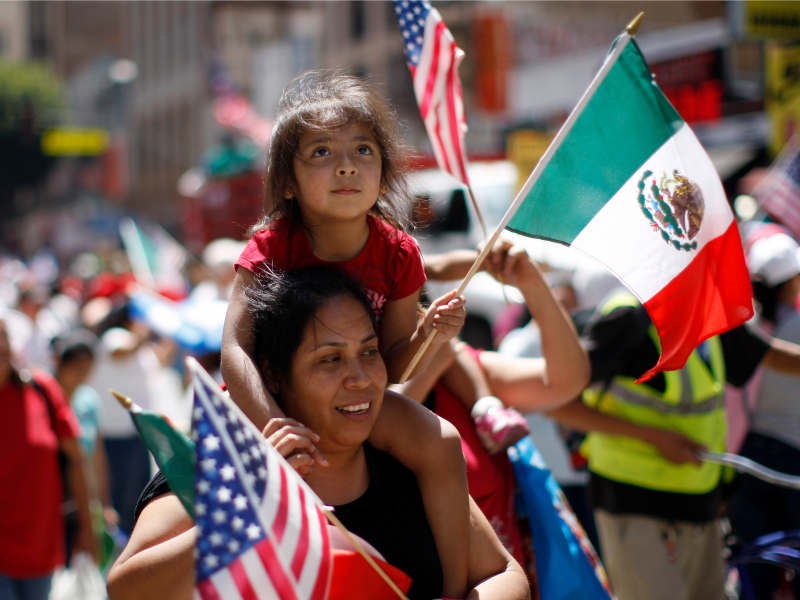
Composed of the borderlands of the Spanish-American empire, El Norte is "a place apart" from the rest of America, according to Woodard. Hispanic culture dominates in the area, and the region values independence, self-sufficiency, and hard work above all else. Parts of Texas, Arizona, New Mexico, and California are in El Norte.
The Left Coast, located in coastal California, is a lot like Yankeedom and Greater Appalachia.

Colonized by New Englanders and Appalachian Midwesterners, the Left Coast is a hybrid of "Yankee utopianism and Appalachian self-expression and exploration," Woodard says, adding that it is the staunchest ally of Yankeedom. Coastal California, Oregon, and Washington are in the Left Coast.
The Far West spans states in the central US including Montana, Wyoming, and Utah.
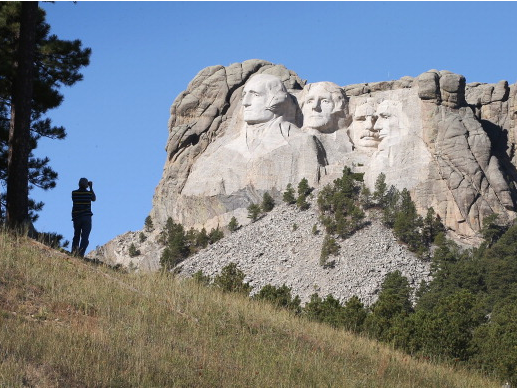
The conservative west. Developed through large investment in industry, yet where inhabitants continue to "resent" the Eastern interests that initially controlled that investment. The Far West spans several states, including Idaho, Montana, Wyoming, Utah, Nevada, Nebraska, Kansas, Arizona, New Mexico, Colorado, North Dakota, South Dakota, Washington, Oregon, and California.
New France inhabitants are comfortable with government involvement in the economy.

A pocket of liberalism nestled in the Deep South, its people are consensus driven, tolerant, and comfortable with government involvement in the economy. Woodard says New France is among the most liberal places in North America. New France is focused around New Orleans in Louisiana as well as the Canadian province of Quebec.
First Nation, most of whose people live in the northern part of the country, is made up of Native Americans.

Made up of Native Americans, the First Nation's members enjoy tribal sovereignty in the US. Woodard says the territory of the First Nations is huge, but its population is under 300,000, most of whose people live in the northern reaches of Canada.
